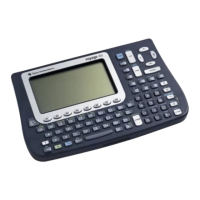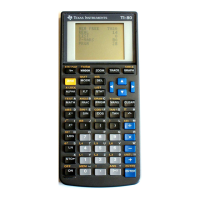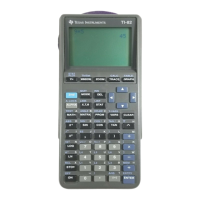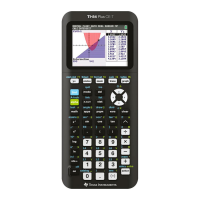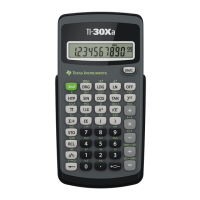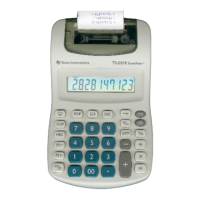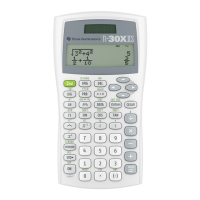You can press [ENTER] to return to the input screen and do another interpolation, or press [ESC] to
quit the program and return to the home screen.
For each interpolation, you can copy the interpolation result to the home screen by selecting YES in
the drop-down menu labelled Put z in Home?. If you choose this option, the results are copied to the
home screen when you exit the program. For the example, the home screen would look like
The result is shown in the second level of the history display. The left-hand entry shows the x- and
y-coordinates as a string, and the right-hand entry is the interpolated result. This feature is made
possible by Samuel Stearly's copyto_h() function, as described in tip [7.8].
If you forget to enter one of the commas that separate the arguments, a dialog box error message is
shown:
This example shows that an error has been made in entering the y1,y2,y3 arguments. When [ENTER]
is pressed, the input screen is again shown, and you can correct the error.
[6.29] Dirac's delta (impulse) and Heaviside (step) functions
Neither of these two functions are built in to the 89/92+, but both are easily defined. Dirac's delta
function, also called the impulse function, is defined as
✑
(
x
)
=
0 when x
!
0
∞
when x = 0
This can be defined as a function with
Define delta(x)=when(x=0,∞,0)
The Heaviside step function is usually defined as
6 - 55

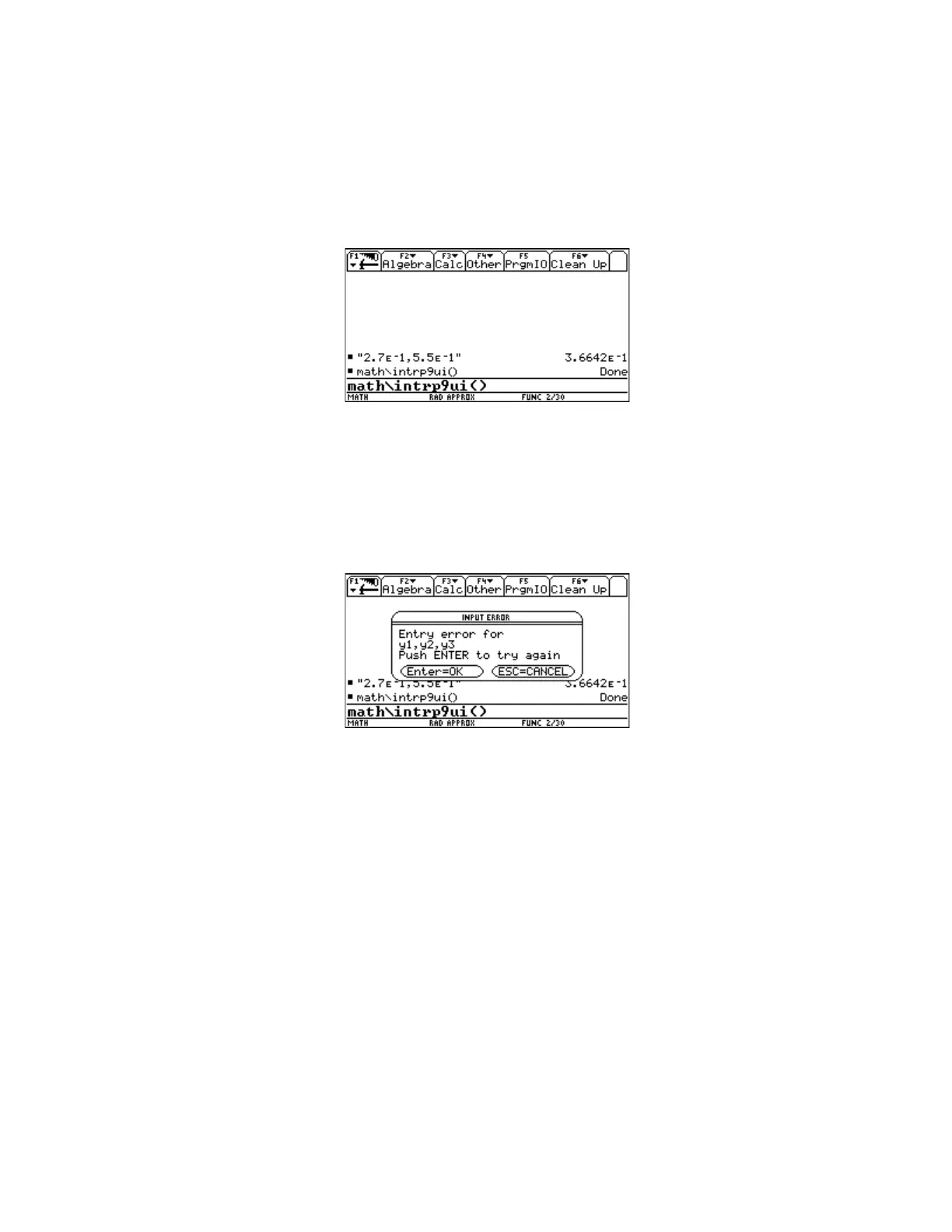